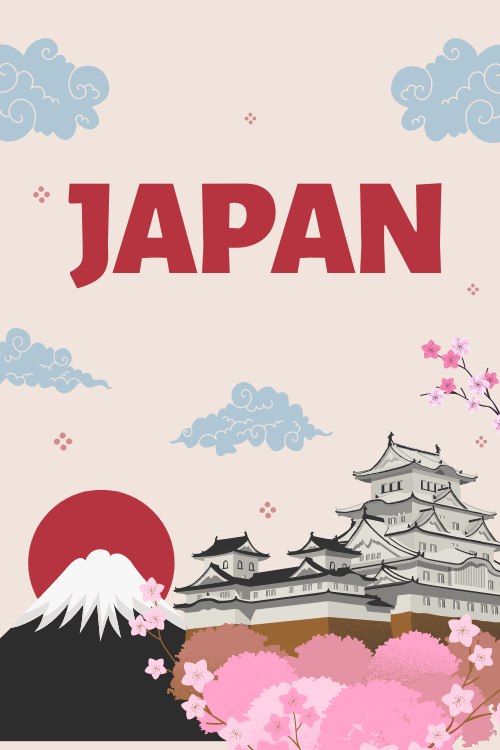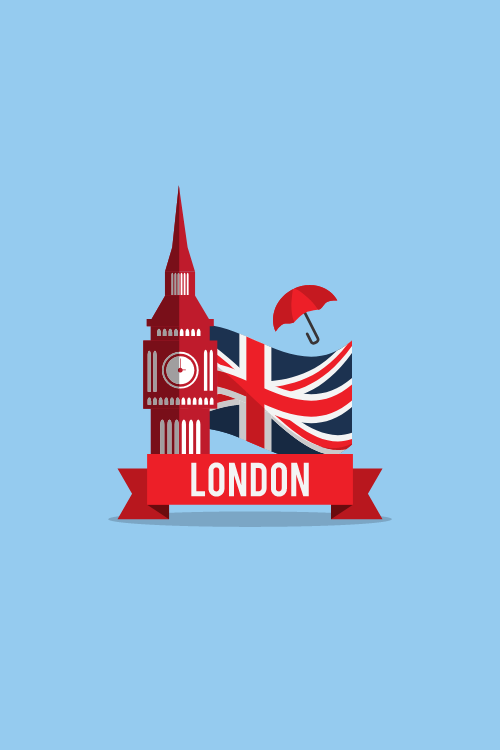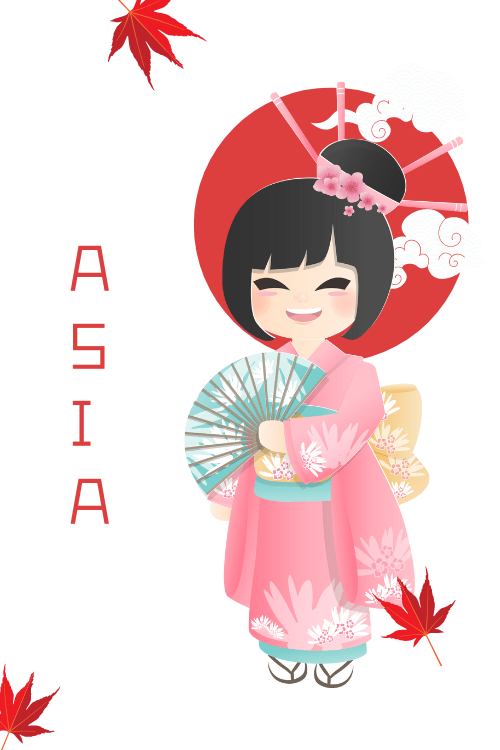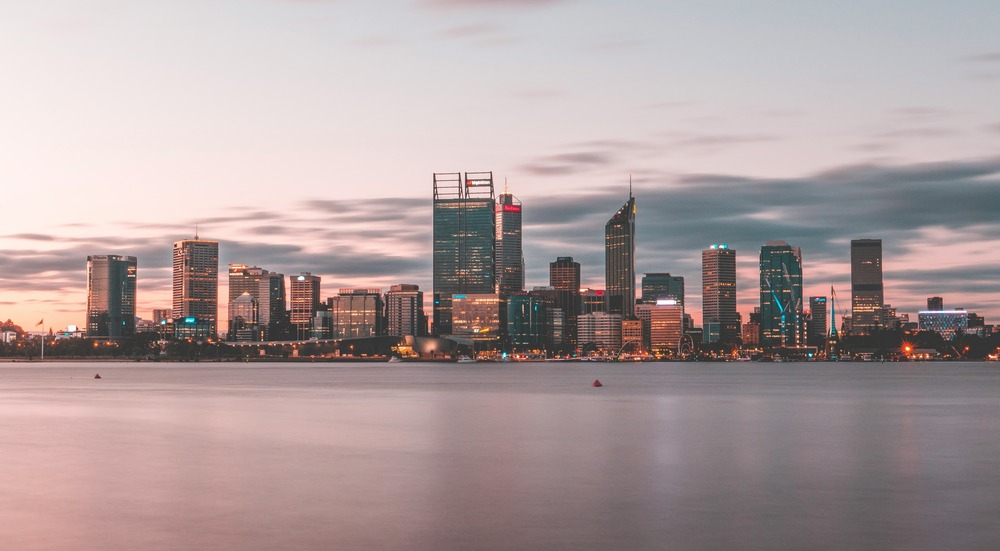eSIM Australia
The Best Time to Visit Perth
Perth, the capital of Western Australia, is a vibrant city with stunning beaches, beautiful parks, and a thriving cultural scene, including festivals like Fringe World and museums such as the Art Gallery of Western Australia.
To determine the best time to visit, this guide analyzes Perth’s seasons, balancing weather patterns, tourist crowds, and cost considerations.
Blessed with a Mediterranean climate, Perth enjoys hot, dry summers and mild, wet winters, making it a year-round destination.
However, the ideal time to visit depends on your priorities—whether you prefer fewer crowds, lower costs, or specific weather conditions.
Thanks for visiting our blog, are you planning to travel to Sydney? Check out our Australia eSIM. Get mobile data without physical SIM cards or paying for global roaming.
Perth’s Climate and Weather Patterns
Perth experiences four distinct seasons, each with its own unique characteristics. To make it easier to visualize, here’s a table summarizing the key weather aspects of each season:
| Season | Temperature Range (°C) | Rainfall (mm) | Humidity (%) |
|---|---|---|---|
| Summer (Dec-Feb) | 17.5 – 30 | 10-15 | Low |
| Autumn (Mar-May) | 13.7 – 26 | 20-100 | Moderate (44-72%) |
| Winter (Jun-Aug) | 8 – 19 | 117-162 | High (54-78%) |
| Spring (Sep-Nov) | 11.7 – 23 | 26-71 | Moderate (52-67%) |
Let’s take a closer look at each season:
Summer (December to February): Summers in Perth are hot and dry, with average temperatures ranging from 17.5 – 30°C (63.5 – 86°F).
While rain is unusual during this time, with only a few rainy days per month, sporadic rainfall can occur in the form of short-lived thunderstorms and cold fronts. You can expect clear blue skies and plenty of sunshine.
However, be prepared for occasional heat waves with temperatures exceeding 35°C (95°F).
Thankfully, the “Fremantle Doctor,” a cooling sea breeze, often arrives in the afternoons, providing some relief from the heat.
This sea breeze is strongest in December and January due to the greater difference between sea and land temperatures compared to February and March. Summer also boasts the warmest sea temperatures, averaging between 20.9 – 22.8°C (70 – 73°F).
Autumn (March to May):Autumn brings warm, sunny days and cooler nights, with average temperatures between 13.7 – 26°C (56.6 – 78.8°F). While the weather is still pleasant, there can be occasional showers and moderate humidity, ranging from 44% to 72%. Early autumn can still have hot days with temperatures exceeding 30°C, gradually cooling down as the season progresses.
Winter (June to August):Winters in Perth are relatively cool and wet, with temperatures ranging from 8 – 19°C (46.4 – 66.2°F). Expect occasional storms with downpours of rain and thunderstorms.
Despite the rain, Perth still enjoys many sunny days with clear blue skies throughout the winter months. It’s worth noting that 77.7% of Perth’s annual rainfall occurs between May and September, with June being the wettest month. The Perth Hills typically experience the highest rainfall in the metropolitan area.
Spring (September to November):Spring is a delightful time in Perth, with warm and sunny days and average temperatures ranging from 11.7 – 23°C (53 – 73.4°F). Rainfall is minimal, and the city comes alive with vibrant wildflowers. Humidity remains moderate during spring, usually around 52% to 67%.
Perth truly lives up to its reputation as the sunniest capital city in Australia, with an average of 8.8 hours of sunshine per day, totaling around 3,200 hours of annual sunshine. It also boasts 138.7 clear days annually.
December experiences the longest hours of daylight, with sunrise at approximately 5 am and sunset at 7:30 pm, while June has the shortest, with sunrise at approximately 7:15 am and sunset at 5:20 pm.
It’s important to note the high UV index in Perth, especially during the summer months. Remember to protect yourself with sunscreen, a hat, and sunglasses.
Peak Tourist Season
Perth welcomes visitors throughout the year, but both summer (December to February) and spring (September to November) are popular times to visit.
Summer draws beach lovers and families seeking sunshine and outdoor activities, while spring captivates those eager to witness the spectacular wildflower blooms. December and January are particularly busy due to the Australian school holidays.
Shoulder Seasons
The shoulder seasons, autumn (March to May) and spring (September to November), offer a pleasant alternative to the peak season. During these months, the weather is still enjoyable, with warm days and cooler nights, but the crowds are smaller, and prices are generally lower.
Off-Season
The off-season in Perth is during the winter months, from June to August. While the weather can be cool and wet, this is the time to find the best deals on flights and accommodation.
Some attractions may have limited hours or be closed during this time, but there are still plenty of indoor activities to enjoy, such as museums, art galleries, and theaters.
Events and Festivals
Perth’s calendar is filled with exciting events and festivals throughout the year, adding to the city’s vibrant atmosphere. Here are some highlights:
Summer:
Fringe World (January/February): A month-long festival showcasing a variety of performances, including comedy, circus, cabaret, and theatre.
Australia Day (January 26th): Celebrated with festivities and fireworks.
Perth Festival (February/March):Australia’s oldest arts festival, featuring a diverse program of music, theatre, dance, and visual arts.
SummerSalt (January):A day-long music festival featuring international and local bands.
Autumn:
Sculpture by the Sea (March):An outdoor sculpture exhibition held at Cottesloe Beach.
Channel 7 Mandurah Crab Fest (March):A seafood festival celebrating the local blue swimmer crab.
Perth Festival of the Maples (April): Showcasing the beauty of Japanese maples.
Fremantle Street Arts Festival (April):A vibrant street performance festival.
Fairbridge Festival (April):A folk, world, and roots music festival.
Winter:
Guinness World Record Kilt Run (June): A fun run through the streets of Perth with participants wearing kilts.
Fremantle Heritage Festival (June):Celebrating the history and culture of Fremantle.
Mundaring Truffle Festival (July):A culinary event showcasing the local black truffles.
Avon Descent (August):A unique race down the Avon and Swan Rivers.
Spring:
Kings Park Festival (September):A celebration of Western Australia’s wildflowers, with exhibitions, guided walks, and family activities.
Perth Royal Show (September/October): An agricultural show with carnival rides, animal exhibits, and entertainment.
Listen Out Festival (September):A popular dance and music festival.
Wine Show of Western Australia (October): A prestigious wine judging event.
Margaret River Gourmet Escape (November):A food and wine festival held in the Margaret River region.
The Noongar Seasons
The Noongar people, the traditional custodians of the land in the southwest of Western Australia, have a deep understanding of their environment. They recognize six distinct seasons based on subtle changes in the local environment, rather than fixed dates on a calendar. These seasons guide their cultural practices and reflect their intimate connection to the land.
Birak (December to January): The first summer, known as the “season of the young.” Birak brings scorching days and clear, starry nights. Easterly winds blow in the mornings, giving way to the cooling sea breezes of the Fremantle Doctor in the afternoons.
Bunuru (February to March): The second summer and the hottest part of the year, known as the “season of adolescence.” Bunuru is a time of little to no rain, with hot easterly winds and the ever-present Fremantle Doctor offering respite near the coast.
Djeran (April to May): Autumn, the “season of adulthood.” Cooler weather arrives, bringing dewy mornings and lighter breezes from the south. The vibrant red flowers of the quandong tree begin to bloom, signaling the changing season.
Makuru (June to July): The coldest and wettest time of the year, known as the “fertility season.” Makuru brings the most frequent storms, replenishing water sources for plants and animals.
Djilba (August to September): A transitional period with a mix of cold and warm weather, rain, and clear days, known as the “season of conception.” The first wildflowers begin to appear, carpeting the landscape in a tapestry of colors.
Kambarang (October to November): The second spring, the “season of birth.” Warmer weather returns, with longer dry periods. Reptiles become more active, and the land abounds with food sources.
Best Time to Visit Perth
The best time to visit Perth depends on your preferences:
For the best weather: Spring (September to November) offers the most pleasant temperatures with minimal rainfall, making it ideal for outdoor activities and exploring the city’s natural beauty.
For smaller crowds: The shoulder seasons (March to May and September to November) offer a good balance of pleasant weather and fewer crowds, allowing for a more relaxed experience.
For budget travelers: The off-season (June to August) offers the lowest prices on flights and accommodation, making it an attractive option for those seeking affordability.
For beach lovers: Summer (December to February) is ideal for swimming and enjoying the beach, but be prepared for the heat and potential crowds.
For wildflowers: Spring (September to November) is the best time to see Perth’s wildflowers in full bloom, transforming the landscape into a breathtaking spectacle.
Related Articles
- Best Time to Visit Adelaide
- The Best Time to Visit Brisbane Australia
- Is eSIM Available in Australia?
- Best Time to Visit Gold Coast
- Best Time to Visit Melbourne
- The Best Time to Visit Perth
- The Best Time To Visit Sydney Australia
- Which Carriers Support eSIM In Australia Quick Guide
- Should I Get an eSIM for Australia in 2024?
- How Does eSIM Work in Australia?
- Does eSIM Exist In Australia? Everything You Need To Know
- Can You Get Prepaid eSIM in Australia?
- Which eSIM is best for travel to Australia?
- Is eSIM Available in Australia in 2024?







